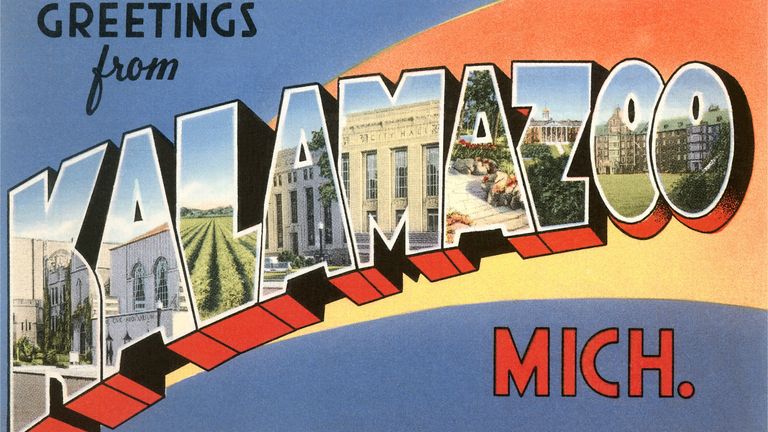40 American Cities That Once Had Completely Different Names
The United States could have been very different if many of its cities had stuck with their original names. Could you really take the place seriously if it had cities called Swilling’s Mill, Flagler, and Hell Gate? And how weird would it have been if a certain large metropolis on the West Coast was called New York instead of the one we know and love today? Sometimes, too, the stories behind the changes are just as interesting as the names themselves.
Detroit, Michigan
Once called: Fort Pontchartrain du Detroit, Fort Detroit
The French were the first European settlers to set up camp in the area that is modern-day Detroit. Military officer and merchant Antoine de la Mothe Cadillac had traveled home to France in 1698 to get the green light on establishing a French outpost situated along le detroit — French for “the strait” — between Lake Erie and Lake Huron. This was established on July 24, 1701, as Fort Pontchartrain du Détroit. Yes, it was named after both the topography and a French minister named Jérôme Phélypeaux Comte de Pontchartrain.
Yet French interest in growing the area waned, and then they were booted out by the British in 1760. By that stage, the settlement had been renamed to Fort Detroit, and the British removed the Fort from the name. In 1805 after the United States had been established, Detroit was named the capital of the Michigan Territory and officially incorporated by the Michigan territorial governor a year later.
Miami, Florida
Once called: Flagler
Miami is one of the most vibrant cities in the United States. But the vast Florida metropolis almost went by another, far less attractive name back at the tail end of the 19th century. You see, a man named Henry Flagler had been instrumental in developing the area that is now Miami, and indeed beyond that too. An oil tycoon, the wealthy Flagler invested at least some of his vast income into building lavish resort hotels and constructing much-needed railway links.
As a result, he was so popular with those living in the small settlement at that time that the citizens actually voted in favor of naming it after him. That was 1896, the year the city was incorporated. But Flagler turned down the naming honor, modestly pushing for the Tequestaq tribe term Mayaimi instead. A variant of that name was thus chosen, and Miami was born.
San Francisco, California
Once called: Yerba Buena
The area that now comprises San Francisco was controlled by the Spanish from 1769 to 1821 as part of its empire’s Las Californias province. The Mexicans took over in 1821 and their control of Alto California lasted until 1848. During the Mexican period, an Englishman named William Richardson became known as a reliable point of liaison between ships and ranchers; in 1835 he set up a settlement at Yerba Buena Cove.
This settlement became the biggest in the Bay Area, and was referred to as Yerba Buena, which is Spanish for “good herb.” But after the U.S. was victorious in the Mexican-American War and raised the Stars and Stripes at Yerba Buena, the Americans changed the name to San Francisco. This was set in stone in January 1847 when a nearby settlement — now modern-day Benicia — tried to call itself Francisca to effectively claim the San Francisco Bay and become the regional capital.
Roanoke, Virginia
Once called: Big Lick
Roanoke sits in the Roanoke Valley with which it shares its name. But it wasn’t always called that. No, back in 1834 the west-Virginian city was called Big Lick, after the salt marshes that are abundant in the area. The settlement was tiny at that point, with a population of roughly 50 people.
Big Lick itself was moved in 1852 when a railroad was completed that reached Roanoke Valley, but didn’t link up to the town. That settlement became Old Lick, whilst the new Big Lick near the railway officially took on the moniker in 1874. This lasted only a few more years, though: in 1881 the name was changed to Roanoke, a word derived from the Native American term rawrenock, meaning shell beads. This change was rubber-stamped in 1884.

